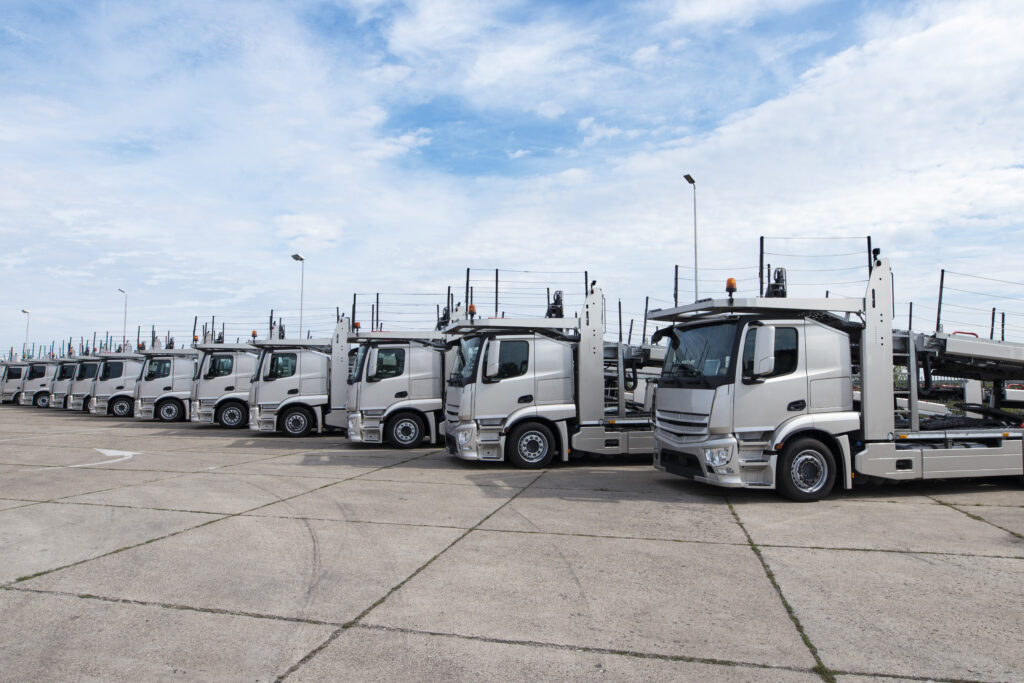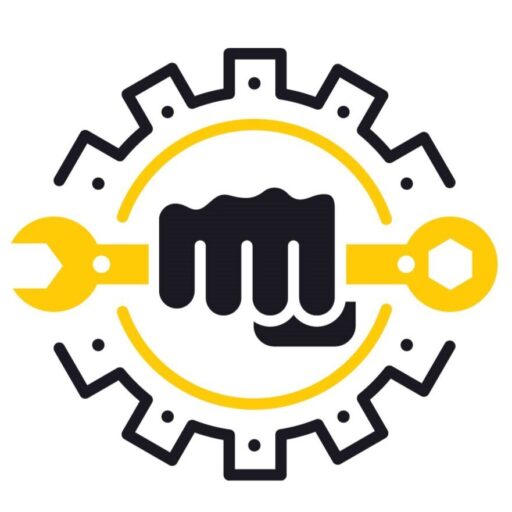If you’re driving a big rig or commercial vehicle in Texas, especially around the bustling Permian Basin, you’ve probably heard about the TXDPS Permian Basin commercial vehicle inspections. But what exactly are these inspections, why do they matter, and what should drivers and companies expect? Let’s break it down in a simple, friendly way that anyone can understand.
What Are TXDPS Permian Basin Commercial Vehicle Inspections?
The Texas Department of Public Safety (TXDPS) runs a program to inspect commercial vehicles—think big trucks, buses, and vehicles carrying heavy loads—to make sure they’re safe to be on the road. The Permian Basin, a major oil-producing region in West Texas, sees a lot of commercial traffic. So, TXDPS focuses special attention here to keep everyone safe.
These inspections check everything from brakes and tires to lights and driver credentials. The goal? To catch any unsafe conditions before they cause accidents. It’s like a health check-up, but for trucks and commercial vehicles.

Why Are These Inspections Important?
Commercial vehicles are heavy and powerful. If something goes wrong—like faulty brakes or worn tires—the results can be serious, causing crashes that hurt people and block traffic. The TXDPS Permian Basin commercial vehicle inspections help prevent these problems by making sure trucks meet safety standards.
In fact, recent enforcement efforts in the Permian Basin have shown how critical these inspections are. In 2024, TXDPS troopers inspected over 8,300 commercial vehicles in the region. Nearly half—48%—were placed out of service because they had serious safety issues. That’s almost 4,000 trucks taken off the road to prevent accidents.
What Happens During a Commercial Vehicle Inspection?
The inspection is done in a careful, step-by-step way to cover all the important parts of the vehicle. Here’s the quick rundown of the five-step sequence TXDPS uses:
- Outside the Vehicle: Inspectors check the lights, mirrors, windshield, windows, and tires. They look for cracks, missing parts, or anything that could be dangerous.
- Underneath the Vehicle: This is where they check the brakes, suspension, frame, exhaust system, and steering components. Any loose bolts or leaks can mean trouble.
- Under the Hood: The engine, belts, hoses, and fluid levels get a close look to make sure everything is running smoothly.
- Inside the Vehicle: Inspectors check the driver’s seatbelt, horn, windshield wipers, and other controls to ensure the driver can operate the vehicle safely.
- Brake Test: The brakes are tested to confirm they work properly and can stop the vehicle safely.
If any part fails the inspection, the vehicle may be placed out of service until repairs are made.
What Are Common Violations Found?
During inspections and enforcement operations, TXDPS troopers often find:
- Equipment violations (like broken lights or bad tires)
- Registration problems
- Speeding or driver license issues
- Unsafe cargo or overweight loads
For example, in a recent crackdown, troopers issued over 38,000 equipment violation tickets and found nearly 2,000 registration violations. These issues aren’t just paperwork problems—they can seriously affect road safety.
What Happens If a Vehicle Fails Inspection?
If a commercial vehicle fails, it can be placed “out of service.” This means it cannot be driven until the problem is fixed. Drivers can also be placed out of service if they don’t meet safety requirements, like having a valid license or being fit to drive.
In 2024, TXDPS placed about 17% of commercial drivers out of service in the Permian Basin for safety reasons. This shows how seriously the state takes safety.
How Does TXDPS Conduct These Inspections?
TXDPS uses specially trained Commercial Vehicle Enforcement (CVE) troopers who know exactly what to look for. They follow standards set by the Commercial Vehicle Safety Alliance (CVSA), ensuring inspections are fair and thorough.
The troopers conduct inspections not only at fixed stations but also on the roadside during enforcement operations. These efforts help catch unsafe vehicles before they cause accidents.
What Are Some Recent Enforcement Highlights in the Permian Basin?
The Permian Basin is a hotspot for commercial vehicle traffic, so TXDPS regularly runs enforcement campaigns here. For instance:
- In a November 2024 operation, troopers stopped 618 vehicles, issued 328 citations, and placed 84 vehicles out of service—a 57.5% out-of-service rate, which is much higher than the national average.
- Another crackdown in October 2024 saw 853 vehicles stopped, with 55 placed out of service and 22 drivers taken off the road for safety reasons.
These numbers show the dedication of TXDPS to keep the roads safe by removing unsafe vehicles and drivers.
Commercial Vehicle Safety Inspections
Annual Comprehensive Inspection
Commercial vehicles, including trucks and buses, are required to undergo inspections at least once every 12 months. This annual inspection ensures that all critical vehicle systems—such as:
- Brakes
- Tires
- Lights
- Safety equipment
are in proper working order to keep the vehicle safe on the road.
Daily Driver Inspections
In addition to the yearly inspection, commercial drivers must perform:
- Pre-trip inspections: Conducted before starting a journey
- Post-trip inspections: Completed after finishing a drive
These daily checks are crucial for:
- Spotting problems early
- Preventing potential accidents
- Ensuring immediate safety concerns are addressed
Inspection Standards
The inspection follows detailed standards set by:
- Federal regulations
- Commercial Vehicle Safety Alliance (CVSA)
Inspection Compliance
If a vehicle fails its inspection, it must:
- Be repaired to meet safety standards
- Pass a re-inspection
- Receive clearance before returning to service
Why Should Drivers and Companies Care?
If you’re a driver or run a trucking company, these inspections might seem like a hassle, but they’re actually helpful. They protect your life, your cargo, and your business reputation. Being compliant means fewer breakdowns, less risk, and ultimately, safer roads for everyone.
Conclusion
Commercial vehicles must have a full, thorough inspection at least once a year, complemented by daily driver inspections, to comply with safety laws and keep roads safer for everyone.


